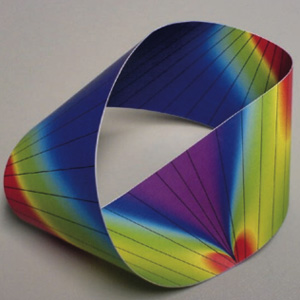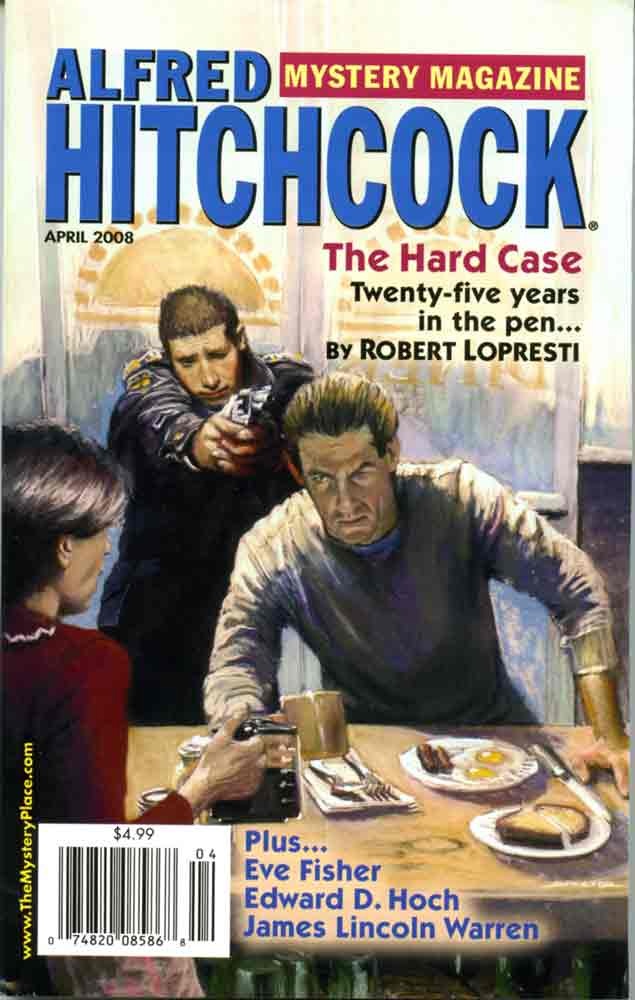Wednesday, October 22: Tune It Or Die!
WITH A TWIST
by Rob Lopresti
 John Floyd’s column about favorite books and stories got me thinking about my own choices. (More on that in a future entry.) I quickly realized that a lot of my favorite stories had twist endings. And that got me thinking some more….
John Floyd’s column about favorite books and stories got me thinking about my own choices. (More on that in a future entry.) I quickly realized that a lot of my favorite stories had twist endings. And that got me thinking some more….
The element of surprise
Let’s define our term a bit. Every successful twist ending is a surprise, but not every surprise ending is a twist. I define a twist ending as one that contains a surprise that causes the reader to see everything that has gone before in a new light. If the end of a movie makes you want to hit rewind and see if you missed the hints – in other words, whether the filmmaker was playing fair – that was a twist ending. (It doesn’t have to be a a suspense flick, by the way… anyone see the “My Screwup” episode of the sitcom Scrubs?
A narrative can have a surprise ending that doesn’t change everything that went before. Think of the stories in which the murderer’s identity is a surprise, or the hero gets out of a tight spot in a clever way. If it is done well you are pleased and surprised, but you probably don’t feel the need to reread the story immediately to figure out how it was done.
My case
I suppose it goes without saying that the twistiness of a narrative is subjective. I have mentioned before the woman who said she spotted the main secret of The Sixth Sense because of the wardrobe of one of the characters. And someone may feel surprised without feeling that the ground turned far enough under their feet to call it a twist.
 My most recent story in Alfred Hitchcock’s Mystery Magazine, “The Hard Case,” was intended to be a twist, and several people indicated that it succeeded. I learned something very important from their comments, a lesson I have since applied in my writing. The readers who liked the story told me they successfully foresaw the twist — but didn’t expect the second twist that followed.
My most recent story in Alfred Hitchcock’s Mystery Magazine, “The Hard Case,” was intended to be a twist, and several people indicated that it succeeded. I learned something very important from their comments, a lesson I have since applied in my writing. The readers who liked the story told me they successfully foresaw the twist — but didn’t expect the second twist that followed.
And I realized that one of my favorite short stories, “Sinkhole” by Carol Cail, did the same thing. When that story appeared in a magazine the editor noted in her introduction that the story had a twist, which I thought was very unhelpful, since I started looking for it. I spotted it easily, but when it came the story didn’t end. Instead the tale rolled merrily on to a second curve, and then another. I was left with my jaw dropping.
Hmm, I thought. Put a second twist after the first. Let the reader see the trick, but have another up your sleeve. I could do that, maybe. At the time I had that revelation I was writing a story and I figured out how to add another bend to my already pretzel-like plot. That story sold.
In praise of straight lines
Of course, not every story can have a twist. Some stories absolutely shouldn’t have one. (And you don’t want to become a slave to twist endings… can anyone say Shyamalan?) I suppose the opposite extreme is a tale that tells you, as it begins, how it ends. Sunset Boulevard comes to mind. Of course, American Beauty does much the same, and still manages to end with a surprise. But most stories fall between those two poles.
The rule, as always, is that the material must dictate the structure. Some plots need a twist, and some need to proceed as straight as a pool table. The writer’s job is to see the path that works and lead the reader down it in as interesting a way as possible.




















Rob, I don’t know if we have you or JLW to thank for the Moebius Strip photo, but it’s very apt for the column. I love stories with double-twists. The reader is reeling in the Ahah! sensation of the first surprise, when Whap! they get knocked out of their seats by something they REALLY didn’t expect.
JLW’s own recent story in Hitchcock (“The Warcoombe Witch” AHMM Nov. ’08) has a double twist, of sorts. (The second twist isn’t meant to knock anyone’s socks off, but is quite satisfying).
Ed Hoch had a story called “The Vorpal Blade” (and any story that references the poem “Jabberwocky,” or anything Lewis Carroll, already has bonus points in my book). That story has a double twist ending that goes Snicker-Snack, just like the blade of the title.
Not a mystery, but Henry Kuttner’s story “Happy Ending” has an (at least) double twist ending. And I regularly re-read Robert Bloch’s “Yours Truly Jack The Ripper” to marvel at the construction of the narration. Edwd. Hoch’s story “The Killdeer Chronicles” is a lesser-known (and twisty) story!
Rob, I too love those double-twist endings. AHMM editor Linda Landrigan even told me at the conference that SHE likes double-twists, and I consider her opinion on the subject a lot more valuable than mine.